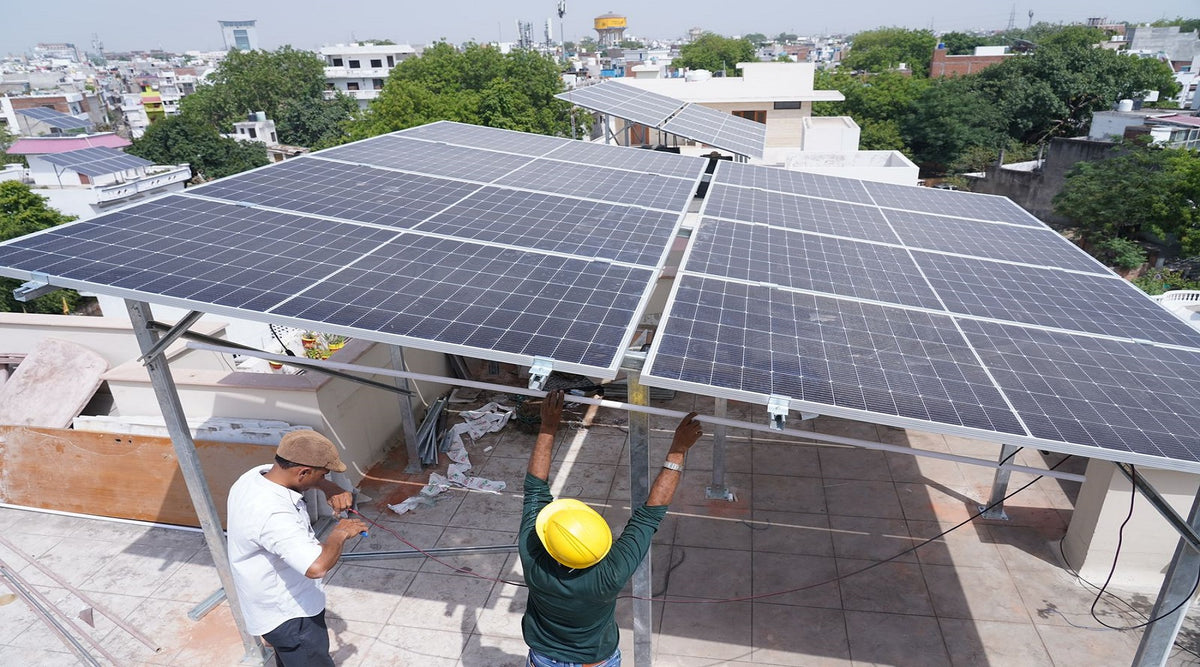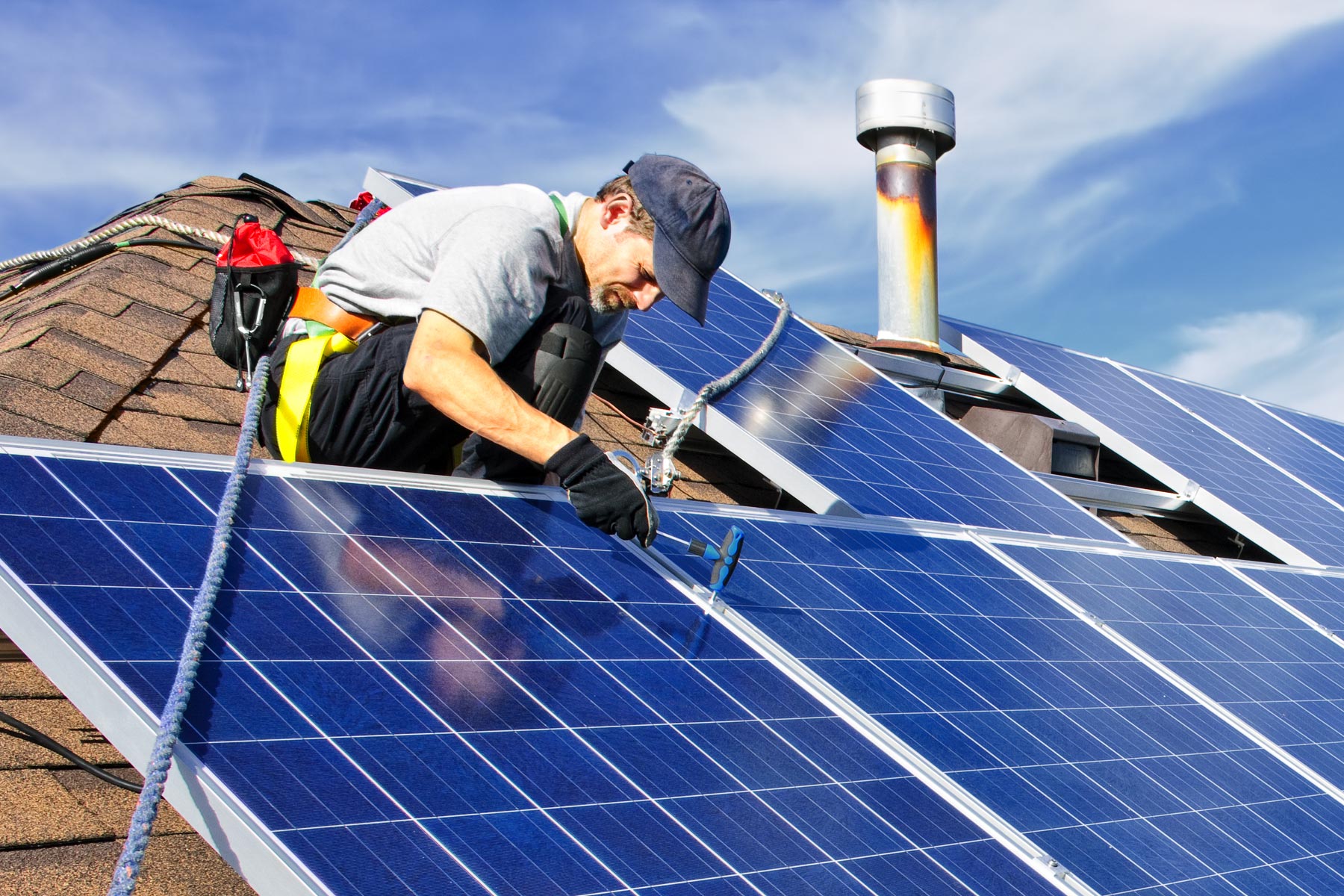Solar Providers Near Me: Expense Evaluation of Setting up Solar Panels on Your Premises
Green Energy Solar Panels: Top-Quality Solar Modules Provide Efficient And Reputable Renewable Resource Solutions
Kinds Of Solar Panels: Deciphering the Options for the Finest Solar Panels
When it comes to choosing the finest photovoltaic panels, comprehending the types available can feel like deciphering a riddle covered in sunshine. The marketplace offers a handful of distinct ranges, each with its own peculiarities and qualities. Have you ever questioned why some panels look streamlined and consistent while others appear patchy or speckled? The answer lies in their Solar Equipment Installation core technology and design.
1. Monocrystalline Solar Panels
Picture a single, perfect crystal of silicon-- pure, effective, and elegant. Monocrystalline panels are made from this single crystal. They are typically dark black, practically like a midnight sky, and they boast the greatest effectiveness rates. These panels flourish in tight areas, squeezing out optimal power with minimal footprint. If you have actually ever experienced the aggravation of minimal roofing system space, then you understand why these panels seem like a godsend.
- Efficiency: Typically 15-22%
- Life-span: 25+ years
- Look: Uniform black color
- Expense: Greater upfront financial investment
2. Polycrystalline Solar Panels
Picture a mosaic artist's canvas-- a patchwork of silicon crystals fused together. Polycrystalline panels have a bluish hue and a speckled look, reflecting their multi-crystal composition. While they generally use slightly less effectiveness than monocrystalline, they frequently come at a friendlier rate point. Consider them as the dependable workhorses of solar panels-- steady and practical.
- Efficiency: Around 13-16%
- Lifespan: About 25 years
- Look: Blue, speckled texture
- Expense: More budget-friendly upfront
3. Thin-Film Solar Panels
Have you ever seen those ultra-thin, versatile solar sheets that almost feel like plastic? Thin-film photovoltaic panels are a various animal altogether. They are lightweight and can be used to surfaces where conventional panels would be unwise. Their performance tends to drag crystalline types, but their flexibility is unequaled. Envision wrapping your knapsack or automobile roof in solar cells-- this is where thin-film shines.
- Performance: Generally 10-12%
- Life-span: 10-20 years
- Appearance: Uniform, typically dark or clear
- Cost: Lower initial cost, but possibly greater long-term
Which Type Fits You?
Choosing the best solar panels isn't almost numbers; it's about way of life, roofing system area, and your vision for energy self-reliance. Are you chasing peak efficiency in a compact location? Monocrystalline may be your champion. Need a budget-friendly option that does not stint reliability? Polycrystalline might be the answer. Or are you prepared to check out ingenious applications with thin-film?
| Type | Performance | Life expectancy | Cost | Perfect Use |
|---|---|---|---|---|
| Monocrystalline | 15-22% | 25+ years | High | Limited space, high efficiency |
| Polycrystalline | 13-16% | ~ 25 years | Moderate | Budget-conscious, larger roofing areas |
| Thin-Film | 10-12% | 10-20 years | Low | Flexible surfaces, non-traditional installations |
Eventually, the pursuit of the best solar panels is a journey, not a sprint. Review your needs, space, and monetary objectives. When sunshine fulfills clever option, your panels can end up being more than just devices-- they end up being a writer of your dedication to sustainable energy.
Efficiency Rankings: The Heart Beat of Solar Panel Efficiency
Think of a photovoltaic panel as a thirsty tourist in the desert, non-stop going after the sun's energy. The performance ranking is the step of how well it satiates its thirst-- how much sunlight it transforms into usable electrical energy. Here, every decimal point counts. A panel with a 22% performance rating transforms 22% of the sunlight it absorbs into power, while the rest dissipates as heat or light. But why does this matter so much?
Effectiveness scores are not simply numbers on a spec sheet; they determine the real output of your solar financial investment. Consider a roof with limited space. Selecting panels with greater effectiveness implies squeezing more power into those square feet, an important element for metropolitan installations where every inch matters.
Deciphering Real-World Performance
Performance isn't static. It fluctuates with temperature level, angle of sunshine, and shading. Photovoltaic panel generally lose effectiveness as they warm up-- frequently about 0.3% to 0.5% per degree Celsius above 25 ° C. This means a bright summertime afternoon can paradoxically minimize your panel's yield.
Ever discovered how a shadow from a tree branch can maim a whole solar array? That is because of string setup and bypass diodes working behind the scenes. A single shaded cell can drag down the output of the entire string, a nuance frequently overlooked by newbies. This is why microinverters or power optimizers are game-changers-- they allow each panel to operate independently, mitigating shading effects.
Professional Tips to Optimize Panel Effectiveness
- Optimal Tilt and Orientation: Panels angled to catch the sun's peak rays make the most of daily yield. Even a couple of degrees off can decrease output visibly.
- Temperature level Management: Setting up panels with appropriate air flow beneath helps dissipate heat, protecting effectiveness throughout hot spells.
- Regular Tracking: Utilizing efficiency monitoring systems can highlight dips in effectiveness triggered by dirt, micro-shading, or electrical issues before they grow out of control.
Performance Metrics Beyond Effectiveness

| Metric | What It Tells You | Why It Matters |
|---|---|---|
| Temperature level Coefficient | Measures efficiency loss per ° C boost | Shows panel strength in hot climates |
| Degradation Rate | Annual loss in power output gradually | Forecasts long-lasting energy production and ROI |
| Nominal Operating Cell Temperature Level (NOCT) | Expected temperature level of the panel under basic conditions | Assists estimate real-world efficiency |
Choosing the very best solar panels implies comprehending that efficiency scores inform just part of the story. Real-world conditions, setup quality, and part synergy all determine actual performance. Are you prepared to look beyond surface numbers and dive into the nuances that will genuinely power your home or service?
Installation Factors to consider
What lies below the surface area frequently determines the fate of your solar panel installation. The roofing structure bears a silent however immense obligation. Houses with aging or weak roofing systems may find themselves wrestling with the weight of solar arrays. Have you ever seen a roof droop somewhat under heavy snow and wondered, "Could solar panels contribute to that?" That concern matters. Guaranteeing your roofing system can support the panels without compromising integrity is critical.
Another puzzle piece: orientation and tilt. Solar panels grow when kissed by sunlight, but the angle at which they bask can transform energy output from modest to spectacular. South-facing roofings generally win the sunlight lottery in the northern hemisphere, however what about that wacky east-facing roofing? Often, a creative racking system can coax more power from less-than-ideal angles. Angle modifications in between 30 to 45 degrees often take full advantage of absorption, yet regional environment subtleties can dictate minor tweaks.
Website Evaluation Tips
- Shade analysis: Trees, chimneys, and even neighboring buildings can cast shadows that stealthily sap your system's efficiency.
- Roofing surface location: Compute functional space carefully-- blockages decrease the number of panels you can set up.
- Panel spacing: Make sure adequate space between panels to prevent getting too hot, which decreases performance.
Electrical wiring logistics typically slip under the radar but can make or break the setup's success. Long cable runs not only inflate costs however present power losses. Usage thicker gauge wiring for longer distances to lessen voltage drop-- this is a subtle expert technique that can conserve considerable energy over time.
Mounting Methods and Their Nuances
| Mounting Type | Best Use Case | Pros | Cons |
|---|---|---|---|
| Flush Mount | Residential rooftops with strong structure | Low profile, cost-effective | Minimal air flow, possible heat accumulation |
| Ballasted Mount | Flat roofing systems without any penetrations enabled | No roofing penetration, fast install | Heavier system, might require structural support |
| Pole Mount | Ground setups | Adjustable tilt, simpler upkeep | Takes in ground area, possibly higher wind load |
Ever contemplated how severe weather condition might check your solar setup? Wind uplift forces can pry inadequately set up panels away like a gust peeling wallpaper. Using correctly rated installing hardware adjusted to your area's wind speed is not simply an idea-- it's a mandate for longevity. And what about snow load? Panels that shed snow quickly prevent the silent drain on day-to-day output.

Ecological Impact and Advantages of Best Solar Panels
Imagine a world where rooftops hum with the quiet work of solar power, turning sunshine into power without a whisper of pollution. The best solar panels do not simply slash your electricity bills-- they wield a profound influence on the environment. It's simple to ignore the subtle complexities that identify just how green your solar setup genuinely is.
Not all photovoltaic panels are developed equal when it pertains to the carbon footprint ingrained in their production. Production involves mining uncommon minerals and energy-intensive processes. However here's the kicker: the most efficient panels stabilize that in advance environmental expense by producing tidy energy for years, often offsetting their initial carbon emissions within 1-3 years. This payback duration is crucial-- ask yourself, for how long will your panel last, and just how much energy will it conserve?
Hidden Environmental Advantages
-
Reduction in Greenhouse Gases: Photovoltaic panel convert sunlight into electrical energy without releasing CO.
2,.
suppressing the ravaging greenhouse effect.
- Water Preservation: Unlike nonrenewable fuel source plants that guzzle water for cooling, photovoltaic panels avoid this drain, protecting precious water resources.
- Land Use Performance: Installing photovoltaic panels on roofs or degraded lands minimizes interruption to environments and wildlife environments.
One intriguing fact typically missed out on: the waste management of solar panels at the end of their life process. Specialists suggest planning for recycling pathways early on to prevent ecological problems from disposed of panels. The products-- silicon, aluminum, glass-- are all recyclable, however the facilities is still capturing up in numerous regions.
Tips for Making The Most Of Ecological Benefits
- Select panels with a high energy conversion rate to make sure quicker ecological payback.
- Go with solar cells made from less hazardous materials, avoiding panels with heavy metals like cadmium where possible.
- Coordinate installation with optimum panel alignment and tilt to harness maximal sunshine, making every photon count.
- Consider incorporating energy storage systems to ravel solar intermittency, enhancing total system sustainability.
Ever wonder why some solar arrays gleam brighter than others? It's not almost appearance. Dirt, shading, and even micro-cracks can undercut performance significantly. From an ecological lens, performance implies less panels needed, which translates to less material intake and lower embodied energy.
Solar power is a quiet transformation, but its complete environmental possible unfolds only when you believe beyond simply the preliminary cost savings. It has to do with the causal sequence of every watt generated, every contaminant avoided, and every drop of water conserved. What if your next solar choice could be a choose a cleaner world?